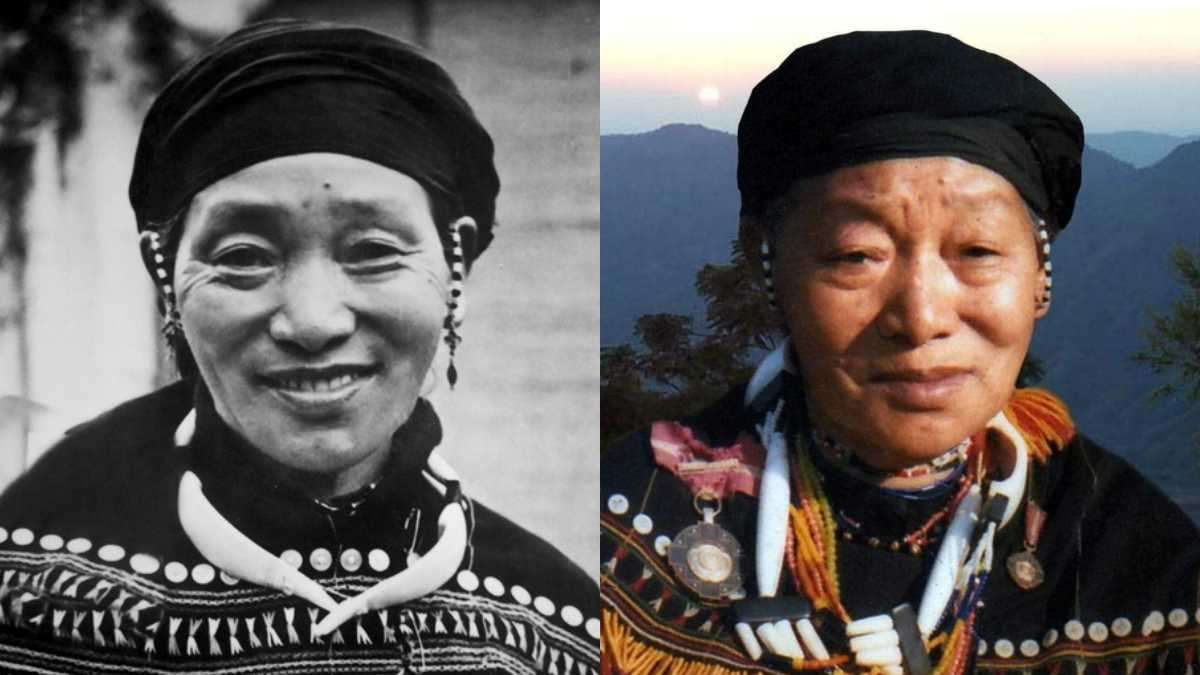 Image Source: OneIndia Hindi
Image Source: OneIndia Hindi
Rani Gaidinliu, often referred to as the “daughter of the hills,” was a brave Naga freedom fighter who spearheaded a fierce revolt against British colonial rule after the tragic execution of her cousin and mentor, Jadonang, in 1931. Born in 1915 in the Tamenglong district of Manipur, Gaidinliu became involved in the Heraka movement at the tender age of 13, passionately advocating for tribal self-governance and the revival of her culture. By the time she was just 16, she had taken on a leadership role, bringing together the Zeliangrong tribes and initiating guerrilla warfare and acts of civil disobedience against the colonial powers.
Key Highlights
• Gaidinliu’s movement urged people to refuse tax payments and to not cooperate with the British, sparking a wave of resistance throughout Manipur, Nagaland, and Assam.
• In response, the British launched a massive manhunt, ultimately capturing her in 1932. At just 17, she was sentenced to life in prison and spent 14 years in various jails before her release in 1947.
• After India gained independence, she remained a steadfast advocate for her people’s rights and unity, working tirelessly for the Zeliangrong community and the preservation of their indigenous beliefs.
• Her contributions have been recognized with honors such as the Padma Bhushan, the Tamrapatra Freedom Fighter Award, and even a commemorative stamp and coin bearing her name.
Outlook
Rani Gaidinliu’s legacy lives on as a beacon of courage and unity, inspiring future generations to cherish their cultural identity and work towards national integration. Her story serves as a powerful reminder of the significant roles that women and tribal leaders played in India’s fight for freedom.
Source: DNA India
Advertisement
Advertisement





